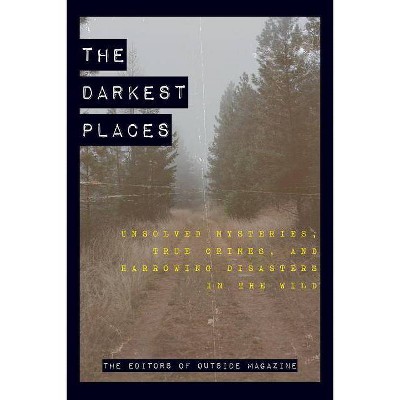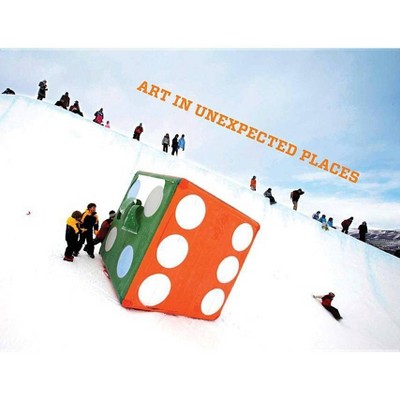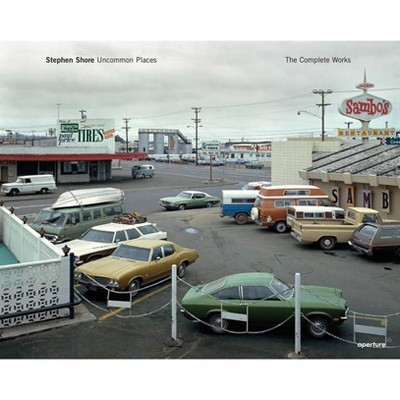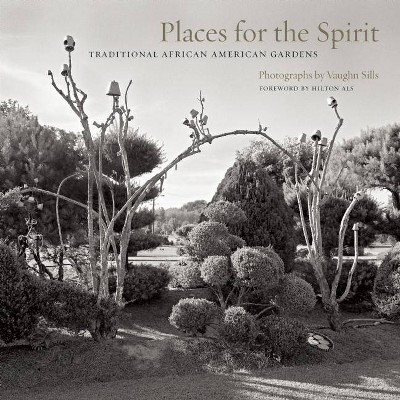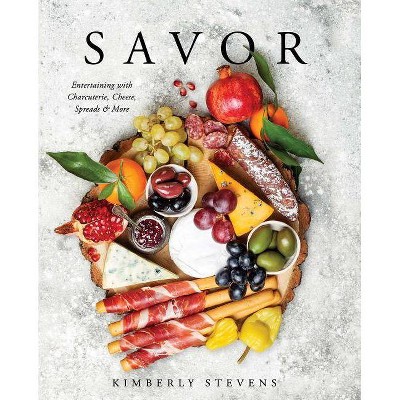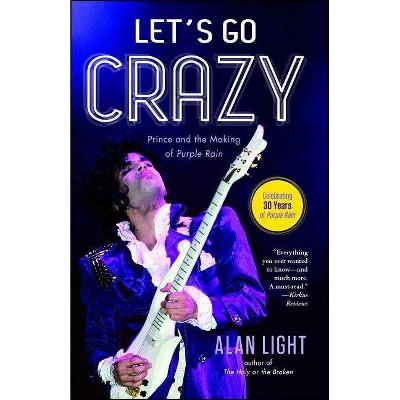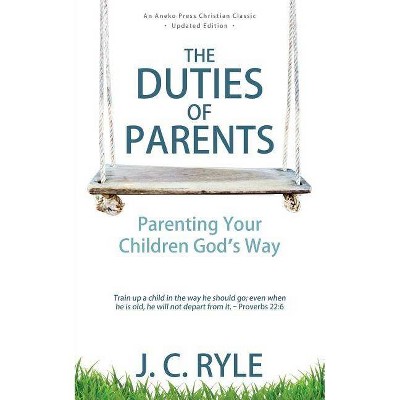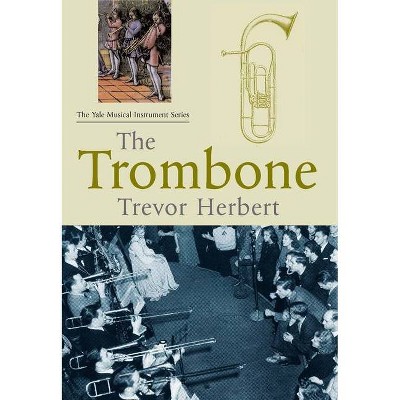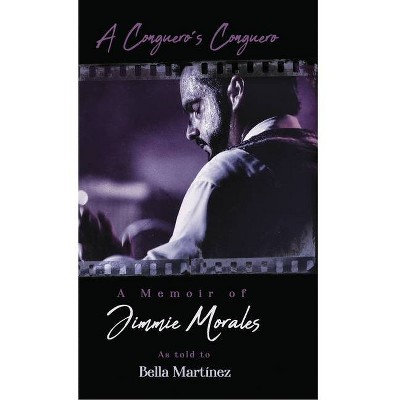Jazz Places - by Kimberly Hannon Teal (Hardcover)
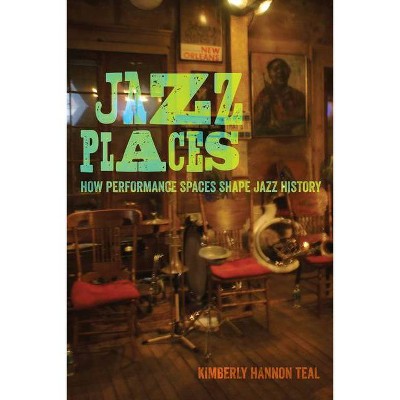
Similar Products
Products of same category from the store
Product info
<p/><br></br><p><b> About the Book </b></p></br></br>"The social connotation of jazz in American popular culture has shifted dramatically since its emergence in the early twentieth century. Once considered youthful and even rebellious, jazz music is now a firmly established American artistic tradition. As jazz in American life has shifted, so too has the kind of venue in which it is performed. In Jazz Places, Kimberly Hannon Teal traces the history of jazz performance from private jazz clubs to public, high-art venues often associated with charitable institutions. As live jazz performance has become more closely tied to nonprofit institutions, its relationship to its own heritage has become increasingly important, serving as a means of defining jazz as a social good worthy of charitable support. Though different jazz spaces present jazz and its heritage in various and sometimes conflicting terms, ties to the past play an important role in defining the value of present-day music in a diverse range of jazz venues, from the Village Vanguard in New York to SFJazz on the West Coast to Preservation Hall in New Orleans"--<p/><br></br><p><b> Book Synopsis </b></p></br></br>The social connotation of jazz in American popular culture has shifted dramatically since its emergence in the early twentieth century. Once considered youthful and even rebellious, jazz music is now a firmly established American artistic tradition. As jazz in American life has shifted, so too has the kind of venue in which it is performed. In <i>Jazz Places</i>, Kimberly Hannon Teal traces the history of jazz performance from private jazz clubs to public, high-art venues often associated with charitable institutions. As live jazz performance has become more closely tied to nonprofit institutions, the music's heritage has become increasingly important, serving as a means of defining jazz as a social good worthy of charitable support. Though different jazz spaces present jazz and its heritage in various and sometimes conflicting terms, ties between the music and the past play an important role in defining the value of present-day music in a diverse range of jazz venues, from the Village Vanguard in New York to SFJazz on the West Coast to Preservation Hall in New Orleans. <br><p/><br></br><p><b> From the Back Cover </b></p></br></br>"Few books take as comprehensive a look at the contemporary jazz field. Kimberly Hannon Teal's use of the jazz venue as a way of sorting through this otherwise confusing and sometimes intimidating landscape is brilliant."--Alexander Stewart, author of <i>Making the Scene: Contemporary New York City Big Band Jazz</i> <p/> "A compelling and original study of the ways the presentation of jazz in specific places shapes our past and present understanding of it. Combining aspects of ethnographic work-- such as interviews and field visits--with theoretical engagement and historical work, <i>Jazz Places </i>is especially valuable and important as a snapshot of where and how jazz is performed in the United States today."--Andrew Berish, author of <i>Lonesome Roads and Streets of Dreams: Place, Mobility, and Race in Jazz of the 1930s and '40s</i><p/><br></br><p><b> Review Quotes </b></p></br></br><br><p>"An insightful and thought-provoking read from first to last, Hannon Teal steers the reader through the intricacies of the construction of jazz histories. . . . It will be difficult to attend any jazz event, anywhere, after reading <i>Jazz Places . . .</i> without taking a closer look at the brick and mortar, glass and steel."</p>-- "All About Jazz"<br><p/><br></br><p><b> About the Author </b></p></br></br><b>Kimberly Hannon Teal</b> is Assistant Professor of Music at the University of Arkansas.
Price History
Price Archive shows prices from various stores, lets you see history and find the cheapest. There is no actual sale on the website. For all support, inquiry and suggestion messagescommunication@pricearchive.us

